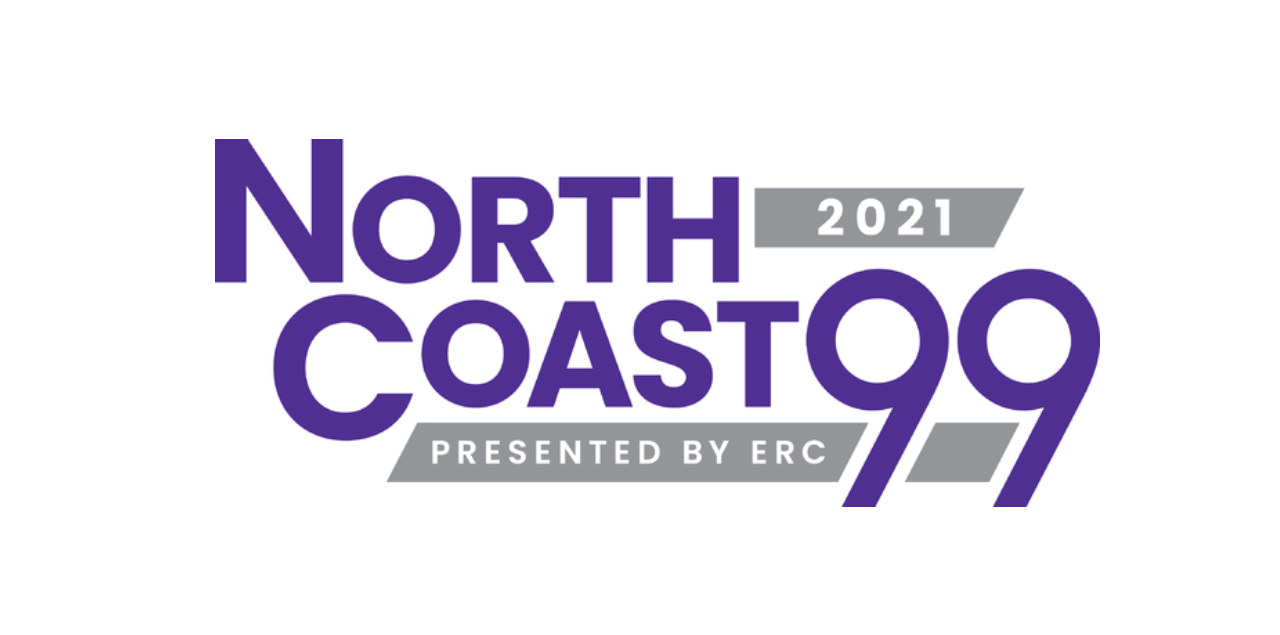How to Create a Safe and Healthy Workplace Environment
Workplace health and safety is critical for the long-term success of any business. Naturally, there are compliance regulations every employer must follow, and these vary by industry and by state. But there’s more to it than simply minimizing employee injury and illnesses. Creating a safe and healthy workplace requires detailed planning, clear communication, and thorough training and supplies. Now more than ever, this requires a commitment to addressing mental health, too. Work-related stress, anxiety and depression affects more than just a single employee – they can impact colleagues and an entire team.
Why Safety in the Workplace is Important
People need to know they are safe while on the job. Some work environments deal with toxic chemicals, fall risks, or dangerous machinery and employees understand the need to follow important safety procedures. However, other environments generate indirect safety risks like workplace stress. Either way, the organization has a responsibility to not only protect employees – it must provide an environment that they look forward to returning to day after day.
When you create a safe and healthy workplace environment, your organization maximizes productivity, minimizes absenteeism, retains staff and so much more.
Healthy Employees are More Efficient
According to the American Institute of Stress, U.S. businesses lose up to $300 billion yearly as a result of workplace stress.
Unsafe conditions, lack of safety protocols or protective equipment, long hours and/or a heavy workload can cause stress and burn-out. Stress reduces an employee’s cognitive ability, and when left unaddressed, can lead to sleep problems and depression. In other words, stressed employees are more prone to mistakes, accidents and decreased productivity.
Safe Environments Reduce Turnover
When employees know their safety is a priority they often stay with the company. But if you don’t invest in their safety, they’ll find an employer who will. Creating a safe, healthy work environment helps your organization save money on training and recruiting – not to mention sparing the HR team’s burnout of constantly filling the same roles. And if burnout leads to turnover, this becomes a nasty, yet unavoidable, cycle. At a conservative estimate, expect to spend one-half to two times the employee’s salary to replace them.
Tips to Stay Safe in the Workplace
If your employees don’t feel both healthy and safe, they’re not able to perform their best. Here are tips for both employers and employees to contribute to a safe workplace.
For Employers
- Make it a team effort. Spread out health and safety responsibilities across the organization, rather than expecting one department to oversee every aspect of it. We wouldn’t expect a security officer to train a new-hire how to use dangerous machinery, or a custodian to investigate a stolen vehicle from the parking garage. This is a giant, detailed undertaking, and it deserves the proper attention.
- Partner locally. Get connected with the local health department to stay on top of local health and safety regulations and standards. This is especially important for businesses with multiple locations because each community is different.
- Promote mental health awareness. Talk openly about mental health with employees, and work to reduce the stigma around it. Leaders can set the tone by sharing personal experiences or hosting training conversations.
- Listen to your employees. If they say there is a problem, look into it – no matter what. If they can’t trust you to at least investigate a single issue, how can they trust you have their best interest in mind?
- Set up a safety committee. Speaking of listening, invite employees to join a safety committee and empower them to create change where its needed. This helps employees feel valued and brings credibility to suggestions coming from the front line.
- Over-communicate. You can’t communicate enough when it comes to safety. If it’s a priority, it should be part of your regular employee communications. But don’t just tell people about a new safety process, show them. Make signs, a video, whatever you can to make it easy to understand.
For Employees
- Be alert at all times. Many workplace injuries and even fatalities occur because workers ignore warnings or safety protocols. Wear the proper protective equipment and pay attention always.
- Update your supervisor about any unsafe conditions. They’re legally obligated to provide a safe working environment, so they have a responsibility to listen to all concerns and make appropriate adjustments.
- Take a day off. Don’t be afraid to take time to decompress after a stressful product launch, big presentation, or even because of personal reasons. There’s no harm in taking a “mental health day” to take care of yourself, and you may even feel more productive when you return.
- Work from home. If your organization is planning to return to the office after a COVID-19 shutdown, but you’re extremely concerned about safety, stay home. Especially if you have a high-risk family member to care for, being back in the office adds extra stress that nobody needs. If you can work from home, do it.
- Own it. Remember that safety isn’t the responsibility of just one person. Employees must do their part to ensure the organization’s success as a whole. Set a good example for your peers and follow the proper safety procedures as directed.
Workplace Safety Webinar
As more organizations reopen their office space post-COVID-19 shutdowns, they must shine a brighter spotlight on health and safety in order to win the confidence of employees and avoid future closures.
Navigate360 recently hosted a workplace safety webinar to educate employers on effective strategies for reopening and staying open. The hour-long session features a panel of experts who cover these and other topics:
- The importance of over-communicating about your reopening and ongoing safety efforts to build confidence with internal and external audiences
- Understanding your insurance coverage and new cyber liabilities
- Acknowledging the need for mental health conversations and how employers can relieve stress by setting clear expectations for the reopening
- The need to focus on more micro aspects of safety, specific to each facility/community because every place is different
- Benefits of connecting with local health departments and chambers of commerce, as well as peers at similar businesses who are also figuring this out and can share ideas
- HVAC updates that improve air circulation and keep your facility open
Every business is unique – and every workplace safety plan needs customized to meet the needs of its organization. Contact Navigate360 to learn more about how we can help your organization build or enhance its workplace safety initiatives. To learn more about returning to work safety read out Playbook for Returning to Work Buildings.




